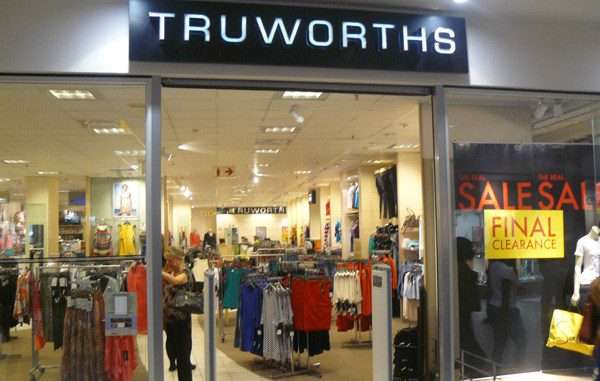
Truworths Faces Corporate Rescue Amid Market Challenges
In a significant development for Zimbabwe's retail landscape, clothing giant Truworths and its subsidiaries find themselves navigating the stormy waters of corporate rescue.
Corporates Abandon Harare CBD Opting for Suburban Areas
Crowne Advisory, acting as Corporate Rescue Practitioners (CRP), has initiated proceedings under Section 122 of the Insolvency Act, aiming to provide a lifeline to the struggling company.
Corporate rescue is akin to a financial lifebuoy. When a company faces financial distress but believes there's a reasonable chance of recovery, its board can voluntarily opt for corporate rescue. In Truworths' case, this legal provision comes into play as they grapple with market challenges.
Crowne Advisory have announced the first creditors' meeting, slated for August 28, 2024. The agenda includes an overview of the corporate rescue process, insights from the Master of the High Court regarding the company's prospects, submission of proof of claims, and the formation of a creditors' committee.
Truworths Faces Corporate Rescue Amid Market Challenges
Truworths remains listed on the Zimbabwe Stock Exchange (ZSE), albeit under voluntary suspension. Back in March, the company proactively halted share trading on the ZSE. Why? To address business concerns and ensure compliance with listing requirements. Audited financial statements for the period ending July 9, 2023, were on the agenda.
Once a dominant force in Zimbabwe's high-end clothing retail sector, Truworths now faces fierce competition. Smaller, nimble shops have outmaneuvered larger retailers by keeping operational costs low and embracing agility. The trend extends beyond Truworths—large retail shops across Harare's CBD are closing. Property owners favor the safer bet of multiple smaller tenants over riskier large ones.
The influx of cheaper imports, mainly from Asian countries, has hit local clothing retailers hard. These imported goods, produced at a fraction of the cost, flood the market, undercutting locally made garments. Profit margins shrink, making survival tougher.
And then there's “mabhero”—the second-hand clothing market. Bulk-imported and sold at rock-bottom prices, it's a hit among lower-income consumers. Variety and affordability drive its popularity, squeezing traditional retailers' market share.


























